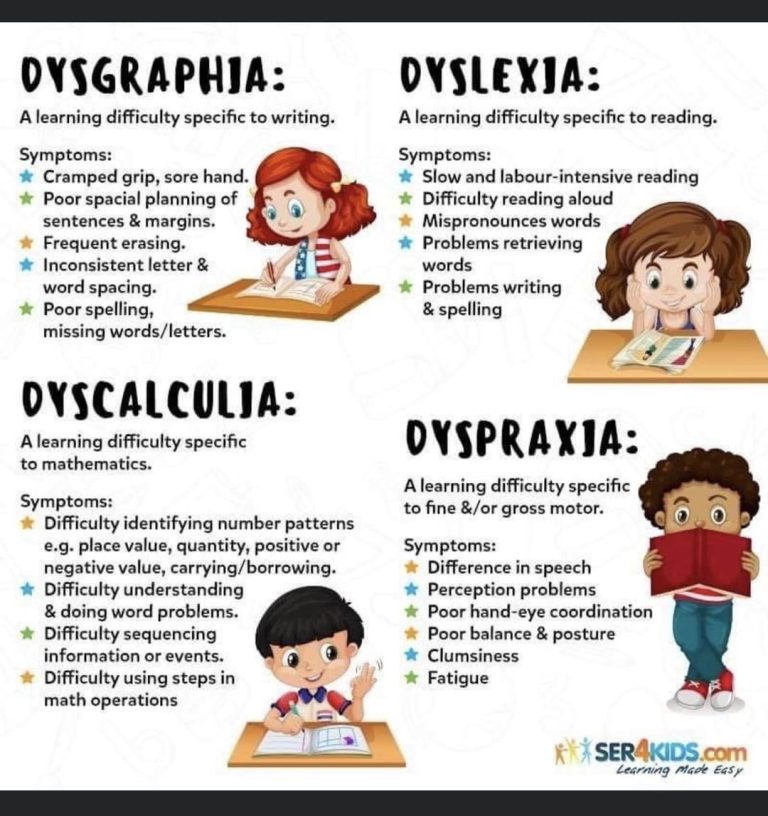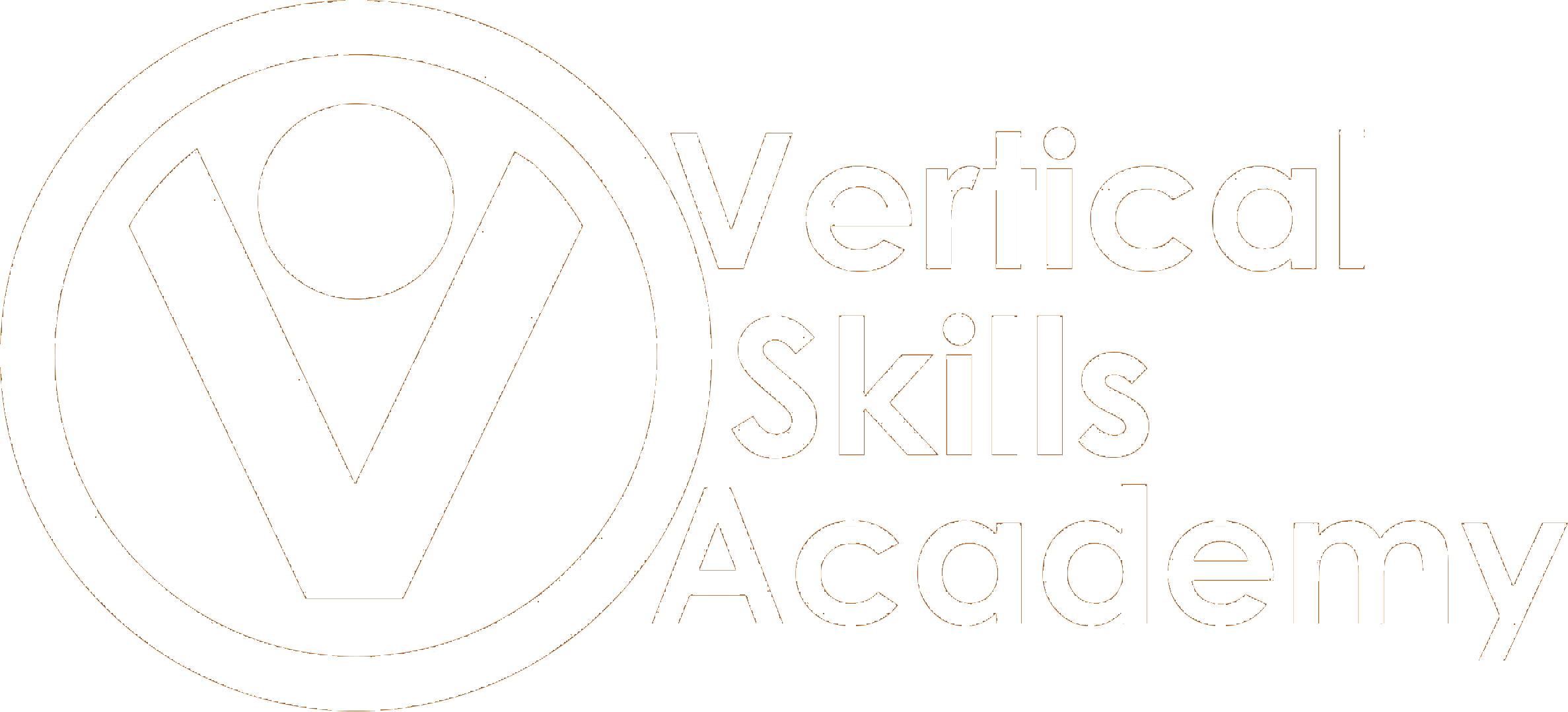Dyslexia Facts and Resources
50% of people with dyslexia are left handed. 50% of people with dyslexia are right handed. BUT, only 11% of the total population is left handed.
About 70-80% of children who are placed in special education for learning disabilities are dyslexic.
Children have a 50% chance of having dyslexia if one parent has it. And a 100% chance if both parents have it.
The U.S. Department of Health and Human Services estimates that 20% of the population has dyslexia.
What is Dyslexia
According to the International Dyslexia Association (IDA), “Dyslexia is a specific learning disability that is neurobiological in origin. It is characterized by difficulties with accurate and/or fluent word recognition and by poor spelling and decoding abilities. These difficulties typically result from a deficit in the phonological component of language that is often unexpected in relation to other cognitive abilities and the provision of effective classroom instruction. Secondary consequences may include problems in reading comprehension and reduced reading experience that can impede the growth of vocabulary and background knowledge.”
In the words of the Yale Center for Dyslexia and Creativity, “Dyslexia is an unexpected difficulty in learning to read. Dyslexia takes away an individual’s ability to read quickly and automatically, and to retrieve spoken words easily, but it does not dampen one’s creativity and ingenuity.”
In simpler terms, dyslexia is a matter of difference in brain structure. The different structure of a dyslexic brain makes it difficult for that brain to match sounds to their appropriate symbols (phonemic awareness) and decode words. Therefore, reading is done with huge difficulty, as the words are barely recognizable. However, one of the large identifiers of dyslexia is that although reading comes slowly and with great difficulty, the individual is of otherwise average or even above average intelligence. People with dyslexia are often great creative thinkers as their everyday life requires them to continuously problem-solve in a way others do not have to. Dyslexia affects 1 in 5 people in the world- about 20% of our population. Among this 20% are famous intellectuals such as Albert Einstein and Thomas Edison, successful entrepreneurs like Richard Branson and Walt Disney, and famous actors and actresses such as Jim Carrey and Jennifer Aniston. Other difficulties such as trouble with spelling, comprehension, dysgraphia (writing), dyscalculia (math), and ADHD often go hand in hand with dyslexia. Dyslexia cannot be “cured”- it is lifelong; however, with early identification and the correct tools and supports, people with dyslexia can become very successful students and adults.
Debunking Dyslexia Myths
“People with dyslexia read and write backward.”
“Dyslexia is a very uncommon disorder.”
“People with dyslexia are not intelligent.”
“Dyslexia can be cured with vision therapy.”
“People with dyslexia will never read properly.”
FALSE! People with dyslexia will often invert or flip letters or words in their brain as they read or write them, but it’s NOT because they’re reading or writing “backward”. It’s because of the phonological disconnect between sounds and symbols, caused by the different structure of a dyslexic brain. With the correct supports, such as intense Orton-Gillingham instruction, the brain can be trained out of those habits.
FALSE! 1 in 5 people are affected in some way by dyslexia. That’s about 20% of our population!
FALSE! Dyslexia is characterized by the average or above average intelligence of those affected by it. Although dyslexic individuals have difficulty reading, they are still very bright and often excel in more hands-on or creative subjects such as science, art, and engineering.
FALSE! Dyslexia is a problem with LANGUAGE and is caused by a difference in brain structure. It is not a difficulty with vision. In fact, dyslexia cannot be “cured” at all- those affected by it will always live with it. However, with early identification and the proper interventions and tools, dyslexics can become very successful students and adults.
FALSE! With early identification and proper interventions and tools, people with dyslexia can become very proficient and prolific readers. Orton-Gillingham interventions are often very successful.
Where can I go to learn more about dyslexia?
- International Dyslexia Association
- The Yale Center for Dyslexia and Creativity
- Understood.org
- Made By Dyslexia
- Decoding Dyslexia
- CO Kid – Kids Diagnosed with Dyslexia
- Dyslexia Help
- Overcoming Dyslexia Course by Sally Shaywitz
- The Reading Universe
- Colorado Dept. of Education Dyslexia Fact Sheet
- Colorado Dept. of Education Dyslexia Handbook
- Colorado Dyslexia Screening Information SB 25-200

